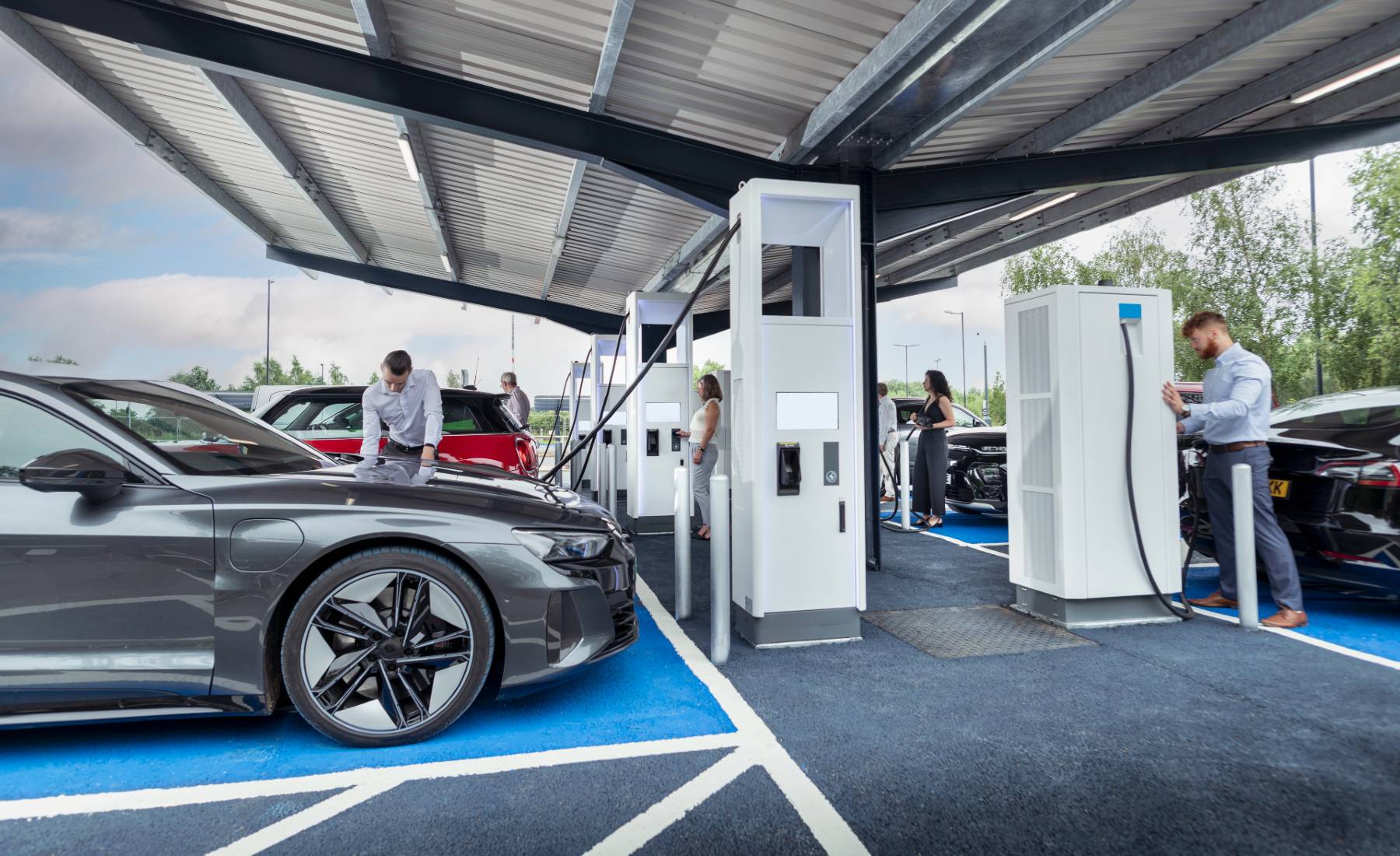In 2022, Renault made a pivotal decision to separate its business between combustion engine cars and electric vehicles. This move reflected the shifting landscape of the automotive industry towards sustainability and innovation. The company’s executive, Josep Maria Recasens, emphasized the competitive challenges posed by Chinese electric vehicle manufacturers, advocating for policies to level the playing field. As Europe aims for a zero-emission future by 2035, the debate surrounding environmental regulations and technological transitions intensifies. However, concerns persist regarding the readiness of infrastructure, consumer adoption, and global alignment on emission reduction goals. This article explores the multifaceted dynamics of the electric vehicle revolution, examining industry trends, regulatory landscapes, and the prospects for sustainable mobility in Europe and beyond.
Renault’s Strategic Pivot: Navigating the Electric Vehicle Landscape
Renault’s decision to split its automotive business marked a significant strategic pivot in response to the growing demand for electric vehicles (EVs). By focusing on electric mobility as a distinct entity, Renault aimed to streamline operations and accelerate innovation in line with evolving market trends. Josep Maria Recasens, Renault’s executive, underscored the competitive challenges posed by Chinese EV manufacturers, calling for policy interventions to ensure fair competition. Central to his argument was the need to align subsidy schemes with domestic production, thereby incentivizing the growth of European EV manufacturers.
The Global Shift Towards Electric Mobility
The transition from internal combustion engines to electric propulsion represents a paradigm shift in the automotive industry. While Europe sets ambitious targets for zero-emission fleets by 2035, the pace of transition varies globally. In contrast to Europe’s stringent environmental regulations, countries like the United States and China have yet to commit to similar goals, posing challenges for global harmonization. Despite divergent approaches, the momentum towards electric mobility is undeniable, driven by factors such as climate change mitigation, technological innovation, and consumer preferences.
Navigating Regulatory Complexities: Balancing Innovation and Compliance
As governments implement regulations to curb emissions and promote electric mobility, automakers face a complex regulatory landscape. While some policymakers advocate for aggressive timelines to phase out internal combustion engines, others caution against premature restrictions that could stifle innovation. Germany’s Federal Minister of Digital Affairs and Transport, Volker Wissing, criticized the narrow focus on electric vehicles, advocating for a balanced approach that preserves technological diversity.
Challenges and Opportunities in the Electric Vehicle Market
Despite the growing momentum behind electric mobility, automakers encounter challenges ranging from production scalability to consumer adoption. General Motors’ decision to revise its electric vehicle production targets underscores the complexities of transitioning away from traditional manufacturing models. Similarly, Audi and Ford have faced delays and production adjustments amid evolving market dynamics. Tesla, a pioneer in electric vehicles, continues to grapple with profitability concerns amidst fierce competition and rising manufacturing costs.
Consumer Perceptions and Market Dynamics
Consumer perceptions and preferences play a crucial role in shaping the trajectory of electric vehicle adoption. While Norway leads the charge with high EV penetration rates, other European countries lag behind in market share. Spain, in particular, faces challenges in stimulating demand for electric vehicles despite the expanding product offerings and declining prices. Overcoming consumer skepticism and addressing infrastructure gaps are key priorities for automakers and policymakers alike.
Infrastructure Investment and Technological Innovation
The widespread adoption of electric vehicles hinges on robust infrastructure and technological innovation. Charging infrastructure expansion is critical to alleviate range anxiety and facilitate long-distance travel, especially in regions with nascent electric vehicle markets. Moreover, advancements in battery technology and vehicle design are essential to enhance performance, affordability, and safety. Collaborative efforts between governments, industry stakeholders, and research institutions are pivotal in driving innovation and overcoming technical barriers.
The Path Forward: Towards Sustainable Mobility
As Europe and the world grapple with the challenges of climate change and urbanization, sustainable mobility emerges as a compelling solution. Electric vehicles offer a pathway towards reducing greenhouse gas emissions, improving air quality, and enhancing energy security. However, realizing the full potential of electric mobility requires concerted efforts across multiple fronts, including policy support, infrastructure investment, and consumer education. By embracing innovation and collaboration, stakeholders can navigate the complexities of the electric vehicle revolution and pave the way for a greener, more sustainable future.

